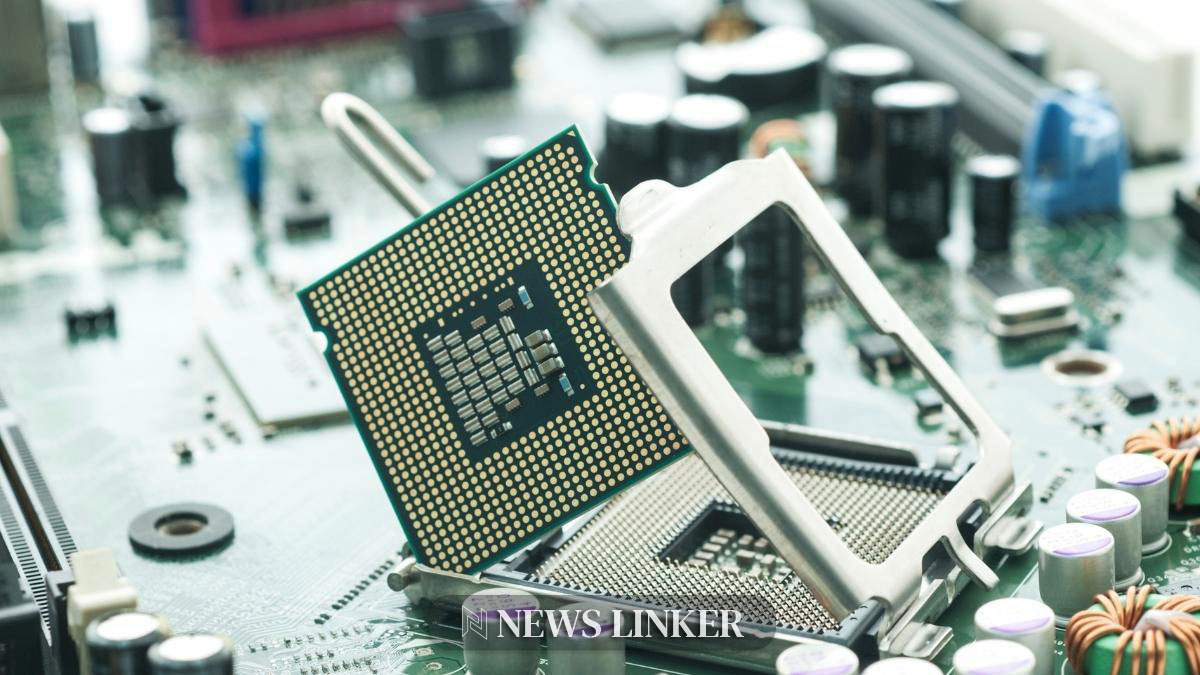In the competitive and ever-evolving world of tech hardware, a significant price drop on a popular product is always noteworthy. The AMD Radeon RX 7800 XT, a graphics card that has solidified its place as a top contender in the midrange market, is now available at an unprecedented low price. This development is not just a boon for gamers and creative professionals on a budget but also signals potential market adjustments as manufacturers respond to economic shifts and inventory pressures. Such pricing strategies might hint at upcoming product launches or efforts to clear stock, which can significantly impact consumer choices and industry trends.
Market Trends and Consumer Impact
Recent reductions in graphics card prices have stirred the market, suggesting manufacturers are realigning their strategies as new technologies emerge. The Radeon RX 7800 XT, known for its excellent performance-to-price ratio, has become even more accessible, potentially increasing AMD’s market share. Observers note that price cuts often precede the introduction of new models, suggesting that AMD might soon refresh its lineup, influencing consumer decisions and competitor actions alike.
Comparative Insights from Tech Publications
Engadget recently published an article titled “Affordable Power: Budget-Friendly Graphics Cards for 2023,” highlighting how midrange cards like the RX 7800 XT are closing the performance gap with high-end models. Meanwhile, CNET’s “How to Choose the Right Graphics Card in 2023” provides a guide that emphasizes evaluating performance per dollar, a category where the Radeon RX 7800 XT now stands out even more due to its lower price. Both articles underscore the growing importance of mid-tier graphics cards as viable options for a broader range of users.
Scientific Perspectives on Graphics Card Development
A recent study published in the Journal of Computer Graphics Technology, titled “Efficiency Trends in Graphics Processing Units,” examines how advancements in GPU architecture enhance performance without escalating costs. The study notes that newer models like the RX 7800 XT increasingly incorporate energy-efficient designs that reduce overall power consumption—a significant factor in both user utility and environmental impact. This research underscores the technical progress that enables lower prices while maintaining high performance, aligning with current market trends.
Key Takeaways for Consumers
- Consider upcoming models when planning purchases, as prices may further decrease.
- Assess total cost of ownership, including energy consumption, not just upfront costs.
- Watch for how these price adjustments influence competitor pricing strategies.
As the Radeon RX 7800 XT hits a new low price, this event marks a pivotal moment for both AMD and the graphics card market at large. This price reduction could lead to increased competition among manufacturers, potentially resulting in more frequent price cuts and better deals for consumers. Furthermore, it highlights the importance of energy efficiency and cost-effectiveness in current GPU manufacturing trends. Ultimately, this development benefits consumers, offering high-performance options at more accessible price points, and could shape future trends in technology consumption and production.










